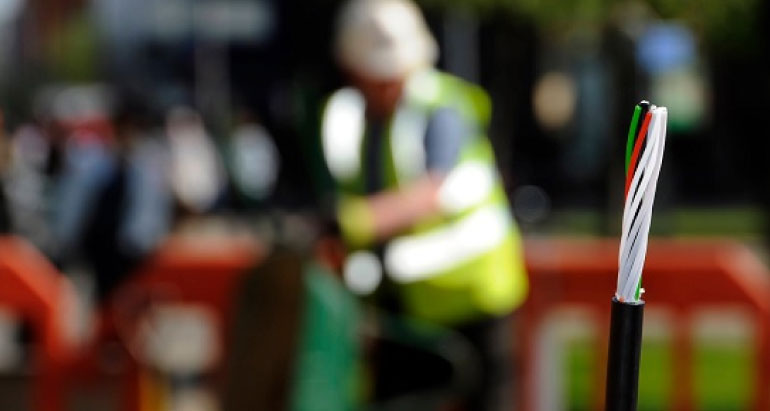OECD confirms fibre and fixed wireless are now dominating rollouts which will make the coming overbuild crunch potentially more painful for some service providers.
The OECD’s latest broadband numbers show that fibre and fixed wireless access (FWA) have seen the strongest growth in fixed broadband technologies in three years. Given that the organisation’s numbers only cover up to the end of June 23, it reveals how quickly access technologies are changing and while some countries are busy overbuilding, others are being left behind in the rush.
Fibre subscriptions have increased by 56% between June 2020 to June 2023, and FWA subscriptions have increased by 64%. The United States (252%), Estonia (153%), Norway (139%) and Spain (118%) led this FWA growth. At the same time, DSL has declined 24%, now only representing 22% of total broadband connections.
Fibre, which has been the dominant technology since 2021, amounts to 41% of total fixed broadband subscriptions in June 2023. FWA still represents a more modest share of 3.7% of total fixed broadband subscriptions. Cable accounts for 30.5% of overall connections while satellite, which grew 11% over the last three years, still only represents 0.7% of fixed broadband subscribers.
Fibre penetration strong
Nine OECD countries have more than 70% of fibre connections over total broadband, with Korea, Japan, Iceland, Spain leading the way with the highest fibre penetration rates of 89%, 86%, 85% and 84%, respectively. The highest fibre growth rates are in Europe, with Austria and Belgium having growth rates of 75% and 73% over the last year, closely followed by Mexico with a growth in fibre of 68%. Two other Latin American countries are in the top seven: Costa Rica and Colombia with fibre growth rates of 42% and 34%, respectively.
Meanwhile, mobile data usage per subscription grew substantially by 28% in one year passing from 10.GB to 13 GB per subscription per month in OECD countries. The amount of data consumed in countries vary greatly from 6GB to 46GB, with Latvia being the OECD leader.
Mobile doing well as well
Despite an already very high mobile broadband penetration in the OECD area, overall mobile subscriptions continued to grow by 4.6% over the last year, which totalled 1.8 billion as of June 2023, up from 1.74 billion a year earlier. Mobile broadband penetration is highest in Japan, Estonia, the United States and Finland, with subscriptions per 100 inhabitants at 200%, 192%, 183% and 161%, respectively. The share of 5G in total mobile broadband subscriptions is 23% on average for the OECD countries that provided this data.
Machine-to-machine (M2M) SIM cards grew 14% increase in one year. The two leading countries are Sweden with 238 M2M SIM cards per 100 inhabitants and Iceland (203), followed by Austria (179), the Netherlands (93) and Norway (76). Both Sweden and Iceland issue M2M SIM cards for international use.

